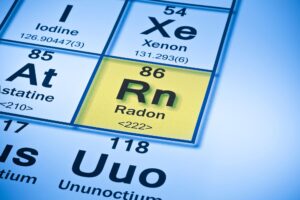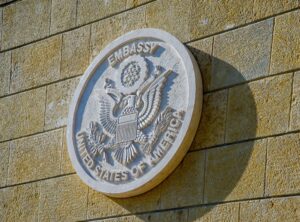Hourly mean for levels of NO2 on busy shopping street have been breached on 19 occasions in 2015 so far
Busy shopping destination Oxford Street in London has after only four days exceeded national allowances for levels of nitrogen dioxide pollution that are set for the whole of 2015.
According to the King’s College London’s (KCL) air quality monitoring statistics, Oxford Street has exceeded the hourly nitrogen dioxide mean objective of 200ug3 (microgrammes per cubic metre) on 19 occasions so far this year.
Oxford Street in London has some of the highest levels of nitrogen dioxide in the UKHowever, the national and legal objective for nitrogen dioxide states that the hourly mean should not be exceeded on more than 18 occasions in one year.
KCL monitors air pollution levels at around 120 sites in London, but Oxford Street is the only site to have breached the national hourly mean objective for nitrogen dioxide so far this year.
And, in 2014, meanwhile, KCL’s London Air website shows that the hourly mean objective for nitrogen dioxide on Oxford Street was exceeded on 1,361 occasions.
Only Brixton Road in South London exceeded the hourly limit on more occasions last year, with 1,732 breaches recorded in 2014.
Hourly limit
Monitoring sites on Brixton Road and on Putney High Street (currently on zero and 10 exceedances so far this year respectively) and are also expected to breach the number of hourly mean exceedances for nitrogen dioxide for the whole of 2015 in the coming weeks.
Founder and director of campaign group Clean Air in London, Simon Birkett, said: “Clean Air in London estimates that Oxford Street breached the nitrogen dioxide hourly limit value for the whole of 2015 on 2 January. Putney High Street is expected to breach on 5 January. Brixton Road will breach soon.”
It comes as the London Mayor’s 11-week consultation over plans for an ultra low emission zone in the centre of the capital from 2020 comes to a close on Friday (January 9) — proposals which Mr Birkett criticised for being “too small, too weak and too late”.
In December, the Society of Motor Manufacturers and Traders (SMMT) also called for a “more ambitious” ULEZ (see airqualitynews.com story), but the Mayor — Boris Johnson — believes that the planned zone is “an essential measure to improve London’s air quality and reduce NO2” (see airqualitynews.com story).













Leave a Reply